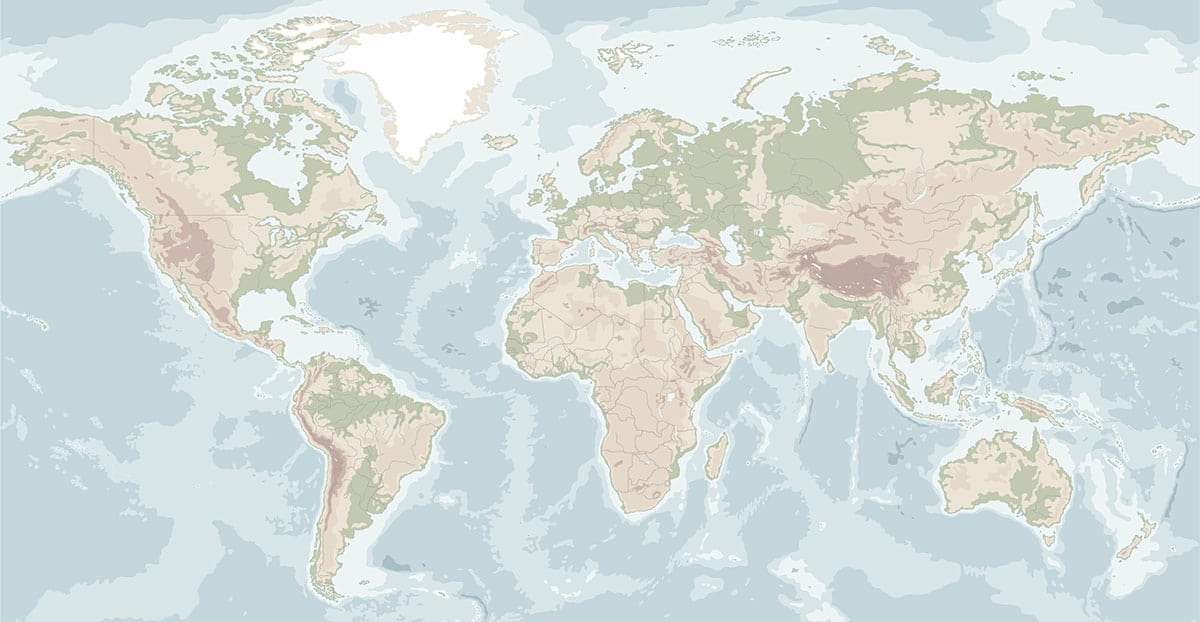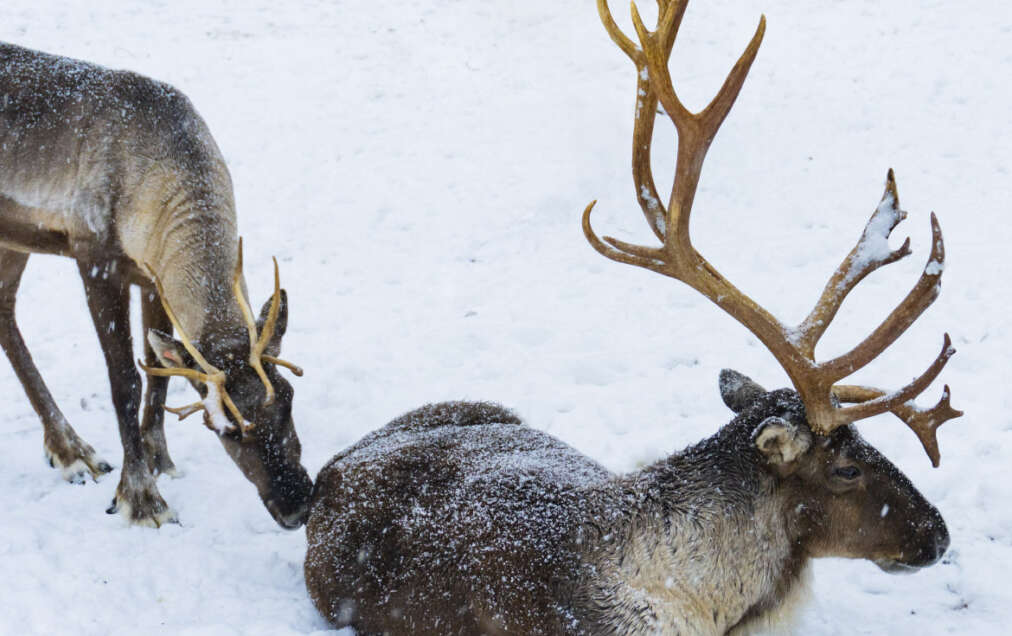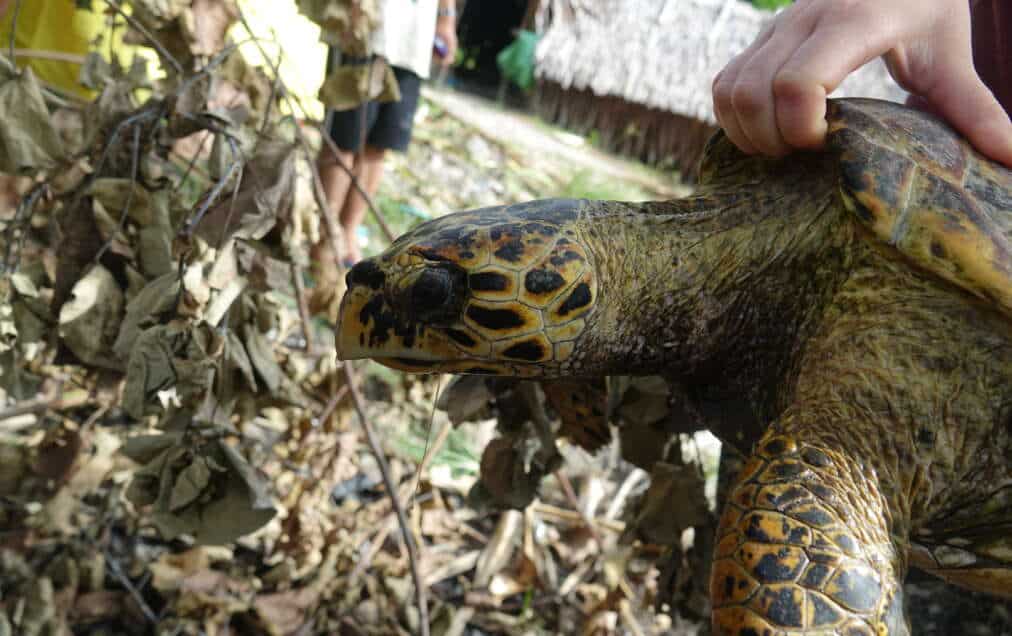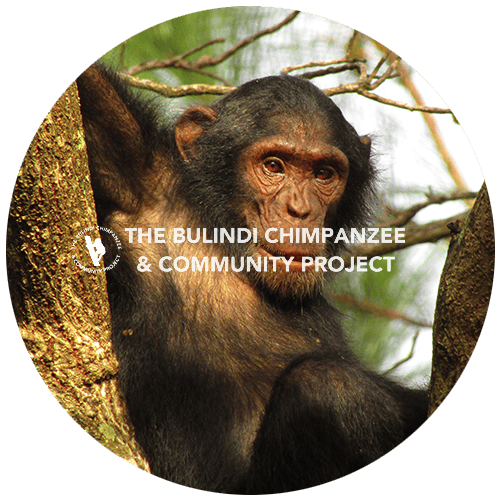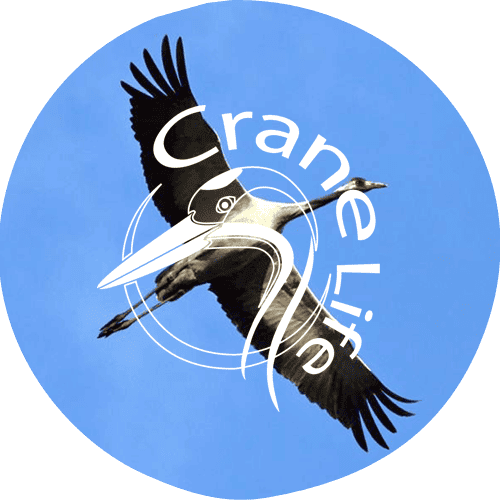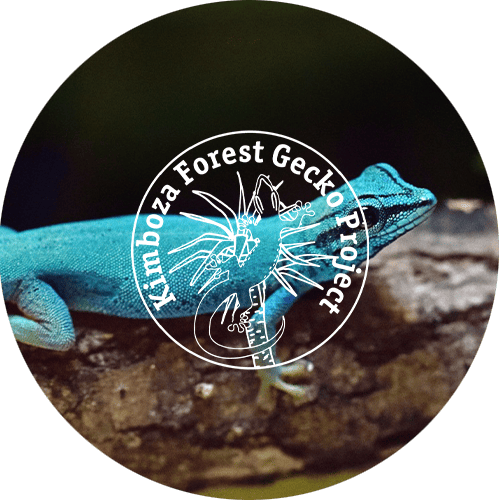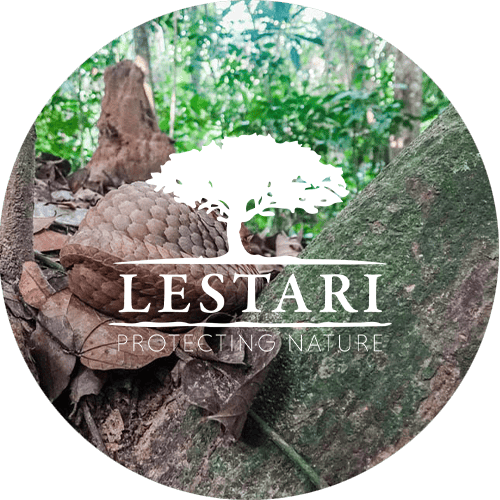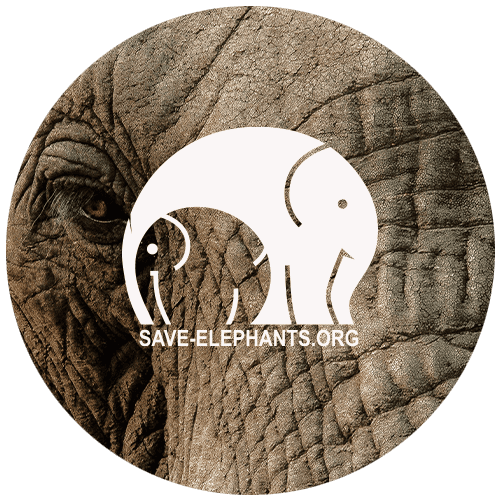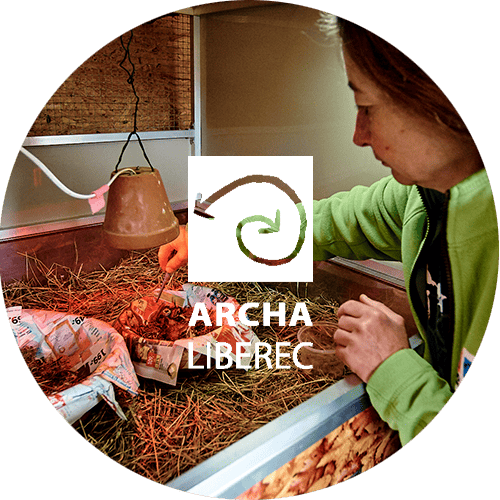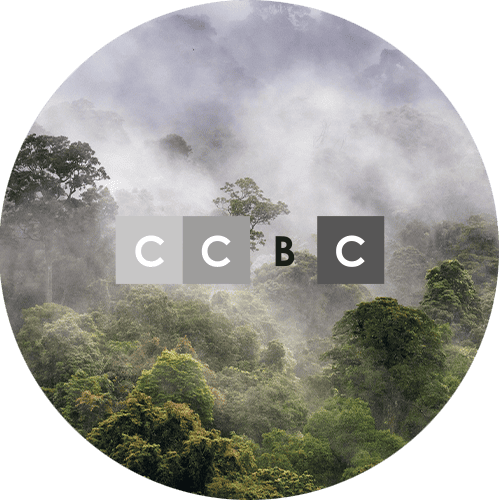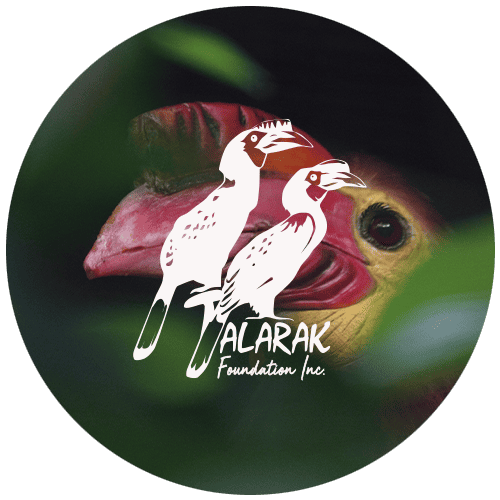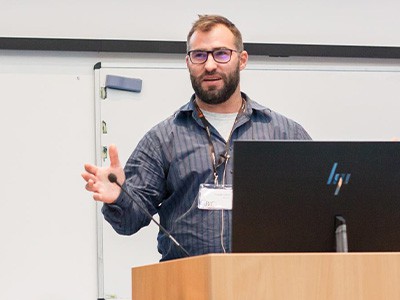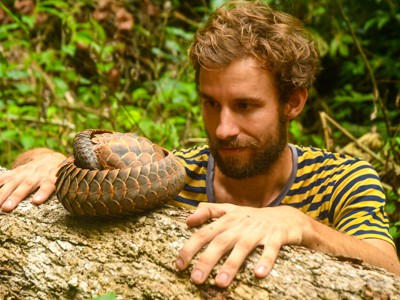The mission of modern zoos is to protect biodiversity by backup populations of endangered species in human care (ex situ conservation), returning species to the wild (population reinforcement and reintroduction), the protection of species in the wild and their habitat (in situ conservation), public education and awareness raising, involvement in development projects, research and sharing experience with other institutions.
Liberec Zoo has been long involved in several research and conservation projects and consider them as a key part of its scope of interest. The main regions of Liberec Zoo activities is Central Europe, East and Central Africa and Southeast Asia. Learn more about concrete projects below on this page.
News
Liberec Zoo is involved in these projects
2 CZK to wildlife conservation
Each visitor of the Liberec Zoo contributes 2 CZK from the admission fee to projects related to nature conservation and research. Thus, thanks to your visit, we can fulfill the mission of the Zoo and protect endangered species in the place of their natural occurrence (in situ) and support sustainable development. Let’s go to the Zoo!
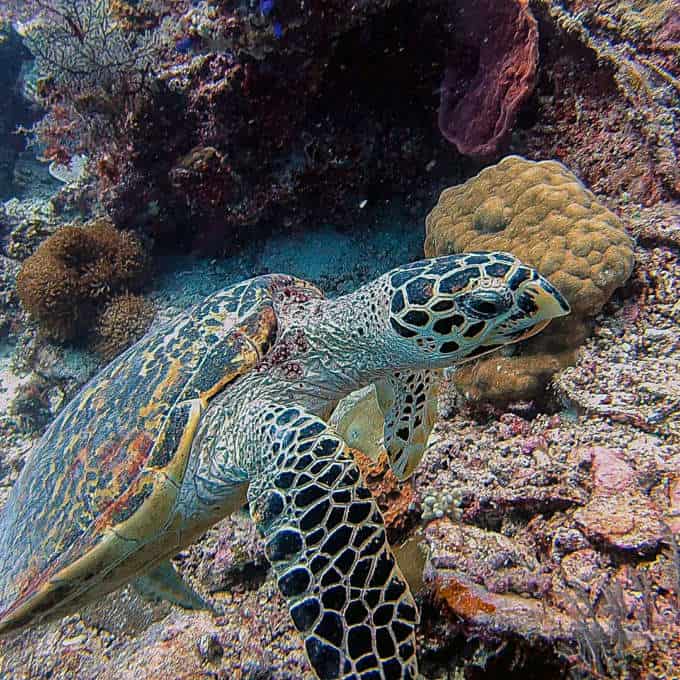
Awareness Campaigns
Members of Conservation and Research Department
Want to know more about conservation?
What is biodiversity and the red list of endangered species?
Biodiversity and the environment are one of the cornerstones of a stable ecosystem, which, among other things, provide people with countless so-called ecosystem services, and thus biodiversity also provide benefits to our society. Such services include, for example, food, water, climate control, but also soil regeneration or recreation.
However, the ecosystem is stable in its diversity, where each species and element have its function. If it disappears, the environment may become more susceptible to sudden and rapid changes and lose its previous functionality. The extinction of only one species or element can cause the number of changes, which may occur after a longer period of time, and even at distant places from the occurrence of the affected species. An example of this are whales, whose populations have been significantly reduced by humans. This caused lower food supply for killer whales, which started to look for its pray in the sea kelp forests off the west coast of North America, where they have begun fishing sea otters. With the subsequent decline of sea otters, sea urchins grazed local sea kelp forests, and the environment for man species of animals, including fish that eat and humans, disappeared.
This word has many definitions but it could be summarized as the diversity of all life on Earth – animals, plants and microorganisms, including gene variability within species, between species and, last but not least, the ecosystems that shape life on Earth.
The precise number of species on Earth is only estimated, but there are 8 to 15 million species, of which only about 1.2 million are described by humans.
Information on whether a particular species is endangered can be found in the Red List of Threatened Species (IUCN), which is maintained by the International Union for Conservation of Nature (IUCN). The status of each assessed species tells us about the degree of extinction risk. There are seven categories: least concern, nearly threatened, vulnerable, endangered, critically endangered, extinct in the wild, extinct.
By 2020, the Red List assessed the endangerment of 134,400 species, of which 37,400 are more or less endangered. Of which angiosperms 19,518, fish 3,040, amphibians 2,390, molluscs 2,300, insects 1,848, birds 1,481, reptiles 1,449, mammals 1,317, crustaceans 742, legumes 403, ferns and their relatives 265, corals 237, spiders 203 etc.
For more information, visit the Red List of Threatened Species website: www.iucnredlist.org
Why does each species matter?
Biodiversity and the environment are one of the cornerstones of a stable ecosystem, which, among other things, provide people with countless so-called ecosystem services, and thus biodiversity also provide benefits to our society. Such services include, for example, food, water, climate control, but also soil regeneration or recreation.
However, the ecosystem is stable in its diversity, where each species and element have its function. If it disappears, the environment may become more susceptible to sudden and rapid changes and lose its previous functionality. The extinction of only one species or element can cause the number of changes, which may occur after a longer period of time, and even at distant places from the occurrence of the affected species. An example of this are whales, whose populations have been significantly reduced by humans. This caused lower food supply for killer whales, which started to look for its pray in the sea kelp forests off the west coast of North America, where they have begun fishing sea otters. With the subsequent decline of sea otters, sea urchins grazed local sea kelp forests, and the environment for man species of animals, including fish that eat and humans, disappeared.
Although species extinction is a natural phenomenon, it is usually a slow process where changes take place gradually and individual species can adapt to the changes. However, nowadays ecosystems are facing unprecedented pressure from the growing human populations and their demand. It is therefore necessary to protect individual species and their habitats to prevent their extinction. For this reason, there are also zoos that give hope to species that we no longer find in the wild. Or also species that, thanks to the help of zoos, have been reintroduced back to the nature, and thus restored the ecosystem’s stability. Here we can mention the bearded vulture, which was reintroduced in the European Alps and returned thanks to the Liberec Zoo.
What is EAZA, WAZA, EEP and ESB?
EAZA
The European Association of Zoos and Aquaria is an organization of over 340 zoos and aquariums in 41 countries, mainly in Europe.
In short, the organization’s goal is to support cooperation between members, share information, participate in the planning of individual species, manage conservation programs (EEP) and enable the exchange of animals (not sale) between individual members. It also carries out regular and thorough inspections of living standards of bred animals, in addition to this, the involvement of a member organization in the education and protection of wildlife (so-called in situ protection) is also evaluated.
EAZA also announces two-year conservation campaigns focusing on endangered species and nature conservation issues. Liberec Zoo chaired the EAZA Silent Forest campaign in 2017-2019.
Liberec Zoo has been a member of EAZA since 1994.
More information at www.eaza.net
WAZA
The World Association of Zoos and Aquariums (WAZA) is an organization of zoos and aquariums around the world for information sharing and coordination leading to better standards of animal care, wildlife protection and environmental education for public. EAZA and Zoo Liberec are also members.
More information at www.waza.org
EEP
The European Conservation Program (Eaza Ex-Situ Program and formerly known as the European Endangered Species Program) is focused on the management of the breeding of certain endangered species within the EAZA member organizations that administer the individual programs.
More information at www.eaza.net/conservation/programmes
ESB
The European Studbook (ESB) is used to register all animals of a given species kept in human care under EAZA, primarily for the purpose of efficient movements of animals between zoos and the formation of breeding groups to prevent inbreeding.
What is CITES?
CITES is an abbreviation of the English name Convention on the International Trade of Endangered Species of Wild Fauna and Flora. The Convention controls international trade and movement with species that could become endangered without regulation. In 2020, 183 states were members of the Convention and the Convention covered more than 35,000 species.
For more information, visit: www.ochranaprirody.cz/cites
What can I do to protect nature?
• There are many ways to help nature and sometimes even small actions are enough – see the HELP NATURE TOO.
• Spread awareness among your family and friends. Many people have no idea that some species are endangered and why.
• Visit our zoo – you will learn a lot of information and with your entry you will support not only animals kept in the zoo, but 2 CZK from each ticket also go to projects related to wildlife protection.
• Support our nature conservation projects FINANCIALLY
• There are many ways to help nature and sometimes even small actions are enough – see the HELPING NATURE section too.
• Spread awareness among your family and friends. Many people have no idea that some species are endangered and why.
• Visit our zoo – you will learn a lot of information and with your entry you will support not only animals kept in the zoo, but 2 CZK from each ticket also go to projects related to wildlife protection.
• Support our nature conservation projects FINANCIALLY.


